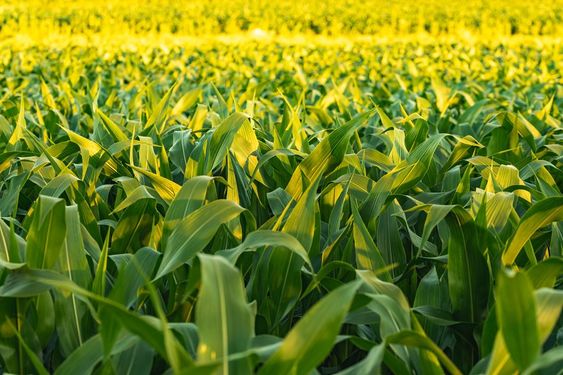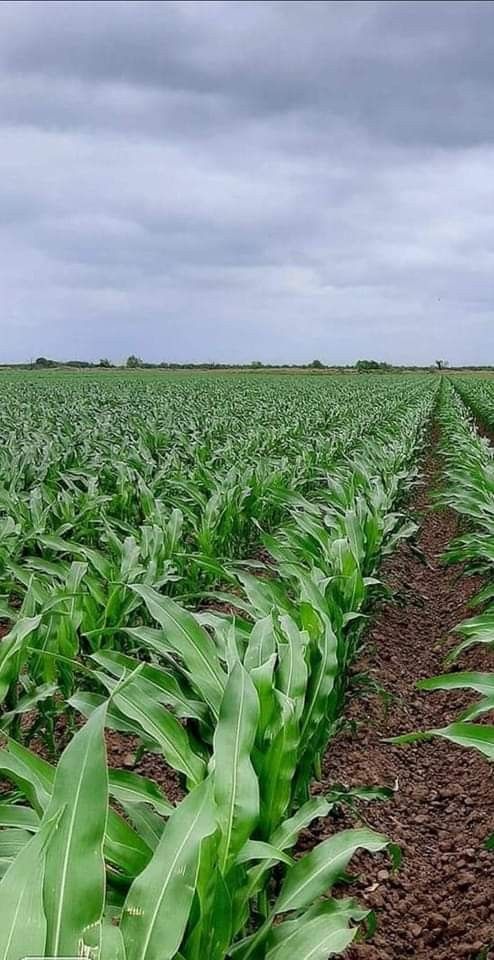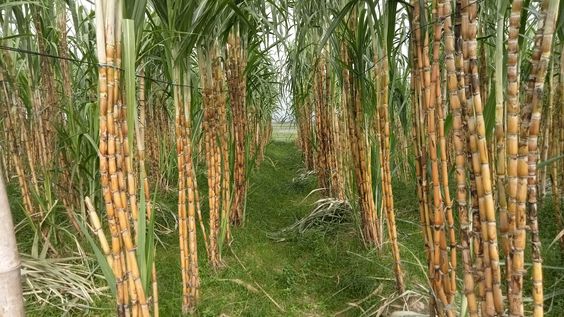Maximizing Yields, Minimizing Waste: Smart Agriculture for Multi-Cropping
Smart Agriculture for Multi-Cropping,The concept of “area sown more than once in agriculture,” often referred to as multi-cropping or sequential cropping, has been around for centuries. However, in the age of Smart Agriculture, this practice is being revolutionized by data-driven insights and innovative technologies. This article explores the intersection of multi-cropping with Smart Agriculture, highlighting the benefits, challenges, and exciting possibilities for the future of sustainable food production.
Contents
The Power of Multi-Cropping: Efficiency and Sustainability
Smart Agriculture for Multi-Cropping involves planting multiple crops on the same land in a given year. This practice offers several advantages:
- Increased Land Utilization: By strategically planning sequences of crops with different growing cycles, farmers can maximize the use of their land. For example, a fast-maturing salad crop could be followed by a slower-growing root vegetable, optimizing yield from the same plot.
- Improved Soil Health: Multi-cropping promotes biodiversity within the soil ecosystem. Different crops have varying root structures and nutrient needs, leading to a more balanced microbial community and improved soil fertility over time. Leguminous crops, for instance, can fix nitrogen in the soil, benefiting subsequent crops in the sequence.
- Reduced Pest and Disease Pressure: Planting a diverse range of crops disrupts the life cycles of pests and pathogens that often target specific species. This natural pest control helps farmers minimize reliance on chemical pesticides, promoting a more sustainable agricultural system.
- Enhanced Water Efficiency: Certain multi-cropping practices, like intercropping (planting two or more crops simultaneously), can create a microclimate that reduces soil evaporation and conserves water.
Smart Agriculture: Optimizing Multi-Cropping Strategies
Smart Agriculture for Multi-Cropping integrates technology and data analysis into agricultural practices. When applied to multi-cropping, this approach unlocks a new level of efficiency and sustainability:
- Precision Planting and Seeding: Smart planters equipped with GPS and data sensors can precisely sow seeds based on optimal spacing and soil conditions for each crop in the sequence. This reduces waste and ensures optimal yields.
- Advanced Soil Monitoring: Soil moisture sensors and other tools provide real-time data on soil health and nutrient levels. Farmers can then adjust fertilization and irrigation practices to precisely meet the needs of each crop, maximizing growth and minimizing water waste.
- Weather Forecasting and Crop Modeling: Smart Agriculture platforms integrate weather forecasting data with sophisticated crop modeling software. This allows farmers to strategically plan their multi-cropping sequences, taking into account predicted weather patterns and the water needs of different crops.
- Drone Technology: Drones equipped with multispectral imaging sensors can be used to monitor crop health and identify potential issues such as nutrient deficiencies or pest infestations early on. This allows for targeted interventions, minimizing damage and maximizing yields.
Challenges and Considerations for Smart Agriculture for Multi-Cropping
While Smart Agriculture for Multi-Cropping offers exciting possibilities for optimizing multi-cropping, there are still challenges to consider:
- Data Integration and Analysis: Effectively utilizing data from various sources requires robust farm management software and the skills to interpret and utilize the information effectively. This requires investment in training and infrastructure development.
- Technology Adoption Costs Smart Agriculture for Multi-Cropping: Smart Agriculture technologies can be expensive, presenting a hurdle for some farmers. Government incentives, cost-sharing programs, and the development of more affordable technology solutions are crucial for wider adoption.
- Adapting Traditional Practices: Integrating Smart Agriculture into existing farming practices requires a shift in mindset and potentially a change in traditional routines. Training and extension services tailored to local needs are essential to facilitate a smooth transition.
The Future of Smart Agriculture for Multi-Cropping: A Sustainable Food System
Despite the challenges, the potential of Smart Agriculture to transform multi-cropping into a cornerstone of sustainable food production is vast. Here are some exciting possibilities for the future:
- Hyperlocal Agriculture: Smart multi-cropping systems can be tailored to specific microclimates and local consumer preferences. This can lead to the development of hyperlocal agriculture, where fresh, high-quality produce is grown closer to consumers, reducing transportation emissions and food waste.
- AI-Powered Optimization Smart Agriculture for Multi-Cropping: Artificial intelligence (AI) can analyze vast datasets from multiple farms and agricultural regions. This can lead to the development of AI-powered recommendation tools that suggest optimal multi-cropping strategies based on real-time data and historical trends.
- Vertical Farming Integration Smart Agriculture for Multi-Cropping: Smart multi-cropping practices could be integrated into vertical farming systems, creating year-round production of diverse crops in urban environments. This would contribute to increased food security and reduced reliance on traditional agricultural land use.
In conclusion Smart Agriculture for Multi-Cropping, the marriage of multi-cropping with Smart Agriculture holds immense potential for a more productive and sustainable agricultural future. By leveraging technologies and data-driven insights, farmers can optimize their multi-cropping strategies, maximizing yields, minimizing waste, and fostering a healthier relationship with the land. As these practices become more accessible and widely adopted




